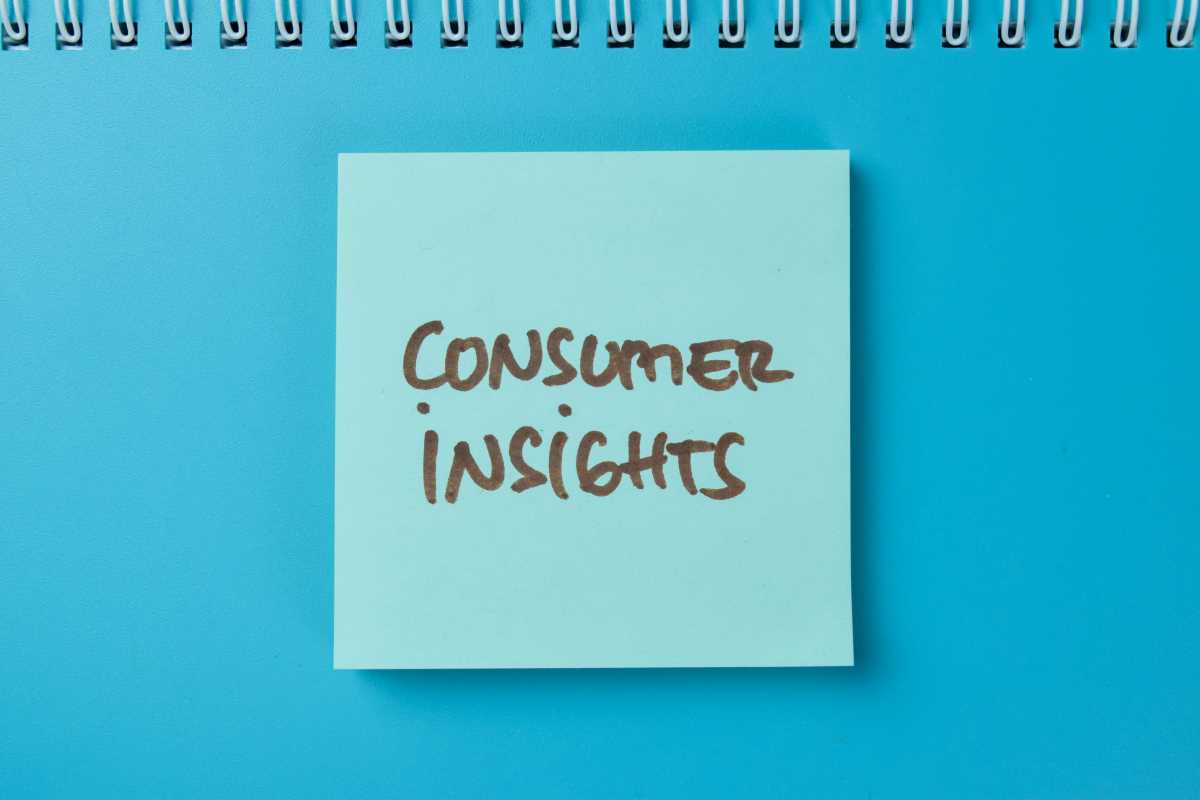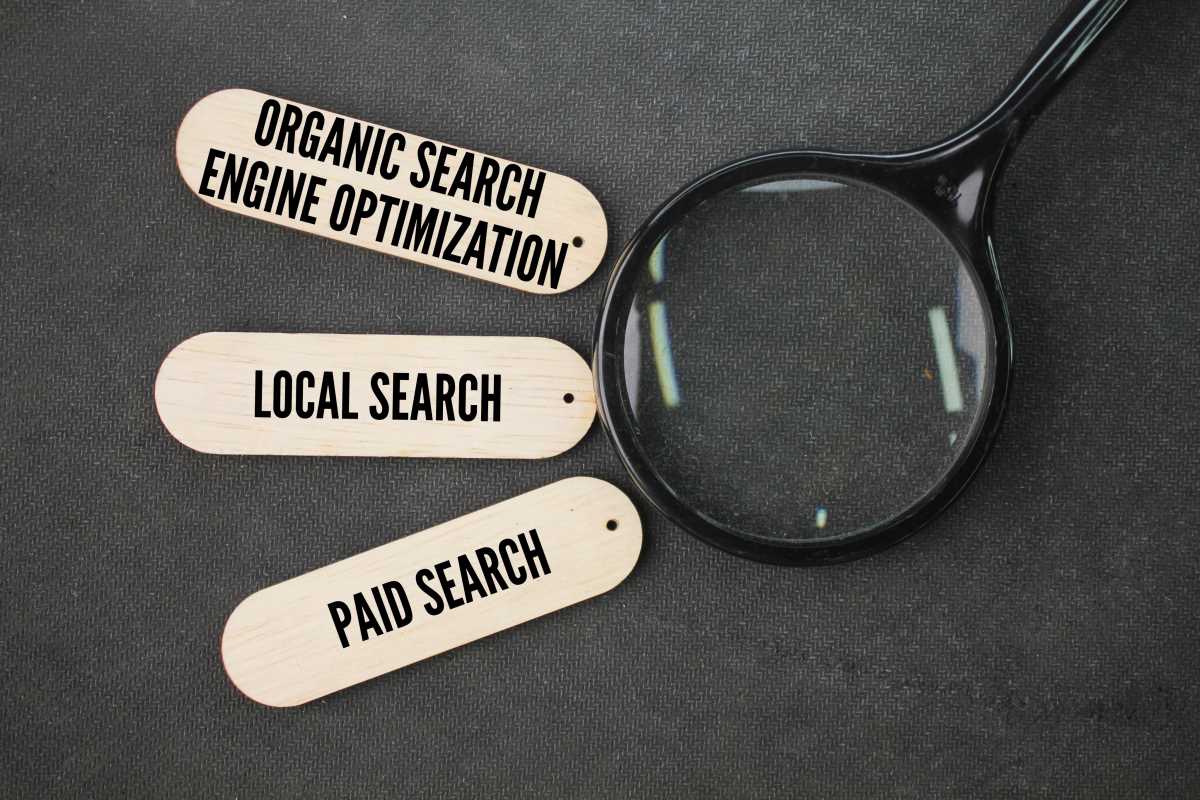For many businesses, the worlds of paid advertising and organic search engine optimization (SEO) exist on separate planets. The SEO team focuses on creating content, building links, and patiently climbing the rankings over months. At the same time, the paid media team focuses on bids, ad copy, and getting immediate traffic through platforms like Google Ads. They both share the same goal—to attract visitors from search engines—but they often work in complete isolation. This separation is one of the biggest missed opportunities in digital marketing. Imagine claiming not just one, but two, three, or even four spots on the first page of Google for your most important keywords. This is SERP dominance. It’s the strategy of combining your paid and organic efforts to create a powerful synergy. When your paid ad and your top-ranking organic result appear on the same page, they don’t compete with each other; they amplify each other, boosting your credibility, increasing your click-through rate, and pushing your competitors further down the page.
What is SERP Dominance?
SERP stands for Search Engine Results Page—the page you see after typing a query into Google. SERP dominance is the strategy of capturing as much of this digital real estate as possible for your most valuable keywords. Instead of having just one link on the page, you aim to have multiple touchpoints. This typically involves having a paid ad at the top of the page and a high-ranking organic listing just below it.
When users see your brand in both the paid and organic sections, it creates a powerful psychological effect. It builds immense trust and reinforces your brand as a leading authority on the topic. This dual approach comes with several game-changing benefits.
Increased Click-Through Rate (CTR) and Traffic
Studies have shown that when a brand has a presence in both the paid and organic results for a query, the total number of clicks they receive is significantly higher than the sum of the clicks they would get from each listing individually. Some users are naturally inclined to click on ads, while others prefer organic results. By appearing in both sections, you capture both types of users. Even if a user doesn't click your ad, seeing it can make them more likely to click your organic listing when they see it further down the page.
Enhanced Brand Credibility and Trust
Seeing a brand appear multiple times on the first page of Google sends a strong signal of authority. The paid ad at the top suggests you are a serious player, while the high organic ranking suggests you are a credible and trustworthy resource that has earned its spot. This combination makes your brand look like a market leader, increasing user confidence and making them more likely to choose you over a competitor who only appears once.
Strategic Defense Against Competitors
The SERP is a zero-sum game. Every spot you occupy is a spot a competitor cannot have. By having both a paid and an organic listing, you are physically pushing your competitors' links further down the page, where they are much less likely to be seen and clicked. This is a powerful defensive strategy that makes it harder for other brands to gain visibility for your most important keywords.
Valuable Data Sharing and Insights
Your paid and organic campaigns generate a wealth of data. When you analyze this data together, you can uncover powerful insights. Your paid campaigns can tell you which keywords convert the best, providing a data-driven list of topics for your SEO team to create content around. Your organic data can show you which titles and descriptions are most engaging, giving your ad team ideas for more effective ad copy. This creates a feedback loop where each discipline makes the other smarter and more efficient.
Strategies for Integrating Paid and Organic Efforts
Achieving SERP dominance requires a coordinated strategy. You can't just run paid and organic campaigns in parallel; you need to actively integrate them.
1. Use Paid Ads to Test and Inform Your SEO Strategy
SEO is a long-term game. It can take months to rank for a competitive keyword. Paid advertising, on the other hand, provides immediate data. You can use paid search campaigns as a rapid testing ground for your SEO efforts.
- Test Keyword Conversion Rates: Before you invest months trying to rank for a new keyword, run a small ad campaign targeting that term. If it drives conversions and proves to be profitable, you know it's a keyword worth pursuing with your long-term SEO strategy.
- Test Titles and Meta Descriptions: Use Google Ads to A/B test different headlines and descriptions. Find out which ad copy generates the highest click-through rate. Then, use that winning messaging as the title tag and meta description for your corresponding organic page to improve its organic CTR.
2. Double Down on High-Value Keywords
Identify the keywords that are most valuable to your business—the ones that drive the most revenue and conversions. For these "money" keywords, you should aim for total SERP dominance.
- Bid on Your Top Organic Keywords: Even if you already rank #1 organically for a keyword, it's often wise to run a paid ad for it as well. This pushes competitors down and maximizes your total clicks. It also ensures you are visible for any variations of the search where your organic result might not show up as prominently, such as on different devices.
- Protect Your Branded Terms: Always run a paid ad campaign for your own brand name. This prevents competitors from bidding on your name and stealing traffic that was intended for you. Having a paid ad and the #1 organic result for your brand name is the ultimate display of ownership and control.
3. Use Retargeting to Re-engage Organic Visitors
Not every visitor who comes to your site from an organic search is ready to convert. They might read a blog post and then leave. This is where retargeting comes in.
You can create a retargeting audience of everyone who has visited your website from organic search. Then, you can show them targeted ads on social media platforms like Facebook and Instagram or across other websites through the Google Display Network. This allows you to stay top-of-mind, bring them back to your site, and guide them further down the sales funnel with a special offer or more helpful content.
4. Fill Content Gaps with Paid Ads
Sometimes, you'll identify a valuable keyword that you want to target, but you don't have a relevant piece of content to rank for it yet. While your SEO team works on creating a comprehensive article, you can immediately capture that traffic by running a paid ad and pointing it to a relevant, existing page. This allows you to be present for that search query right away, ensuring you don't miss out on potential customers while your long-term content strategy is in development.
Optimizing Your Strategy
To know if your SERP dominance strategy is working, you need to look at your data holistically.
1. Connect Google Ads and Google Search Console
The first step is to link your Google Ads account with your Google Search Console account. This will unlock the "Paid & Organic Report" in Google Ads. This powerful report allows you to see how your website performs for queries where you had both a paid ad and an organic listing on the results page. You can see clicks, impressions, and CTR for each type of result side-by-side, giving you a clear picture of how they interact.
2. Analyze Total Clicks and Impressions
Instead of looking at your paid and organic traffic in separate reports, analyze your total non-branded traffic from search. Are you seeing an overall lift in clicks and impressions for keywords where you are running both types of campaigns? This holistic view will give you a much more accurate sense of your true performance and prevent you from making poor decisions, like pausing a paid campaign because you rank #1 organically, without realizing that the paid ad was contributing significantly to your total traffic.
3. Focus on Audience-Centric Metrics
Ultimately, your goal is to attract and convert customers. Track metrics that reflect the entire customer journey.
- Cost Per Acquisition (CPA): What is the total cost (combining your marketing spend and the resources for SEO) to acquire a new customer?
- Customer Lifetime Value (LTV): How much revenue does a customer generated from search bring in over their lifetime?
By analyzing these metrics, you can understand the true ROI of your integrated search strategy and make more informed decisions about where to invest your marketing budget.
 (Image via
(Image via





